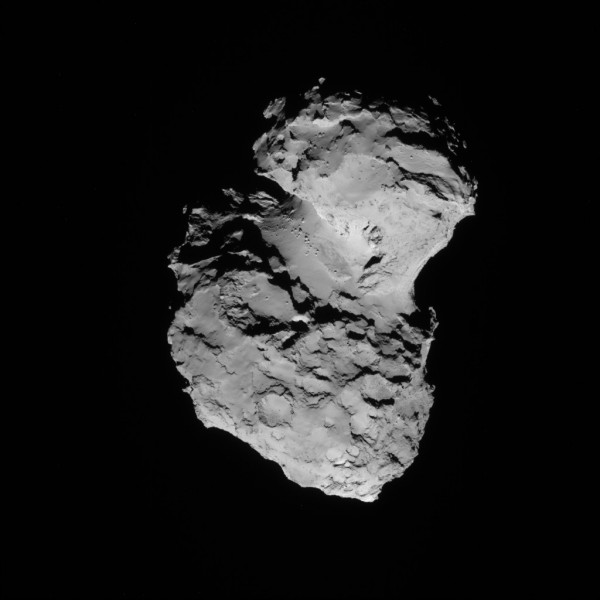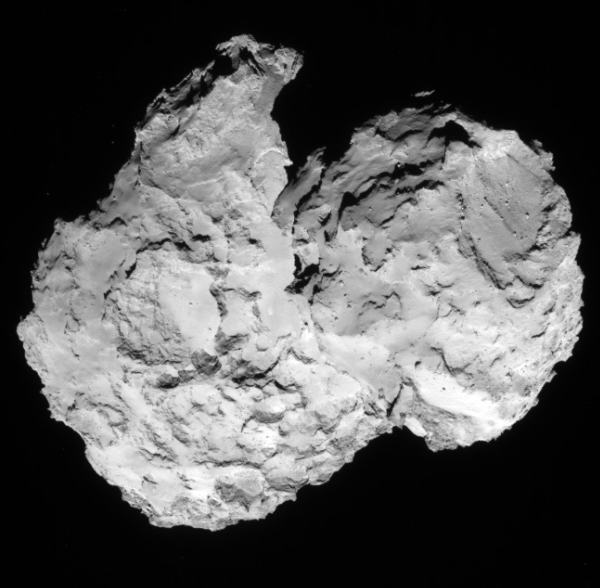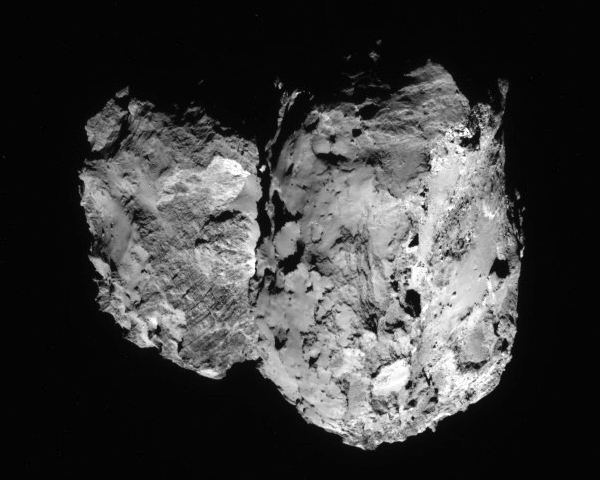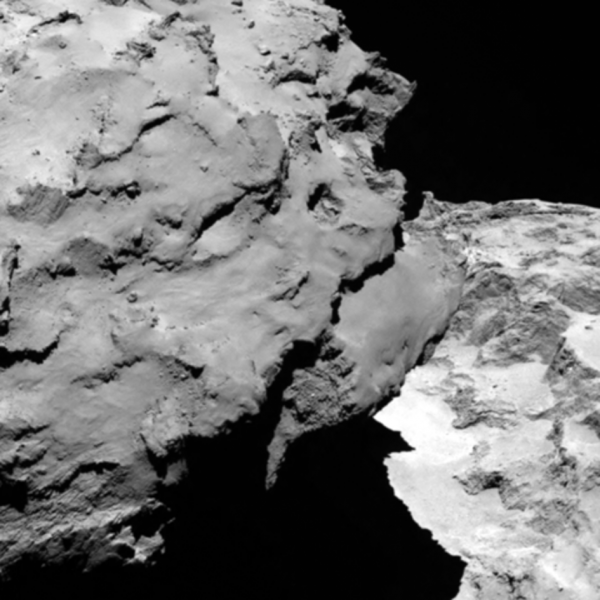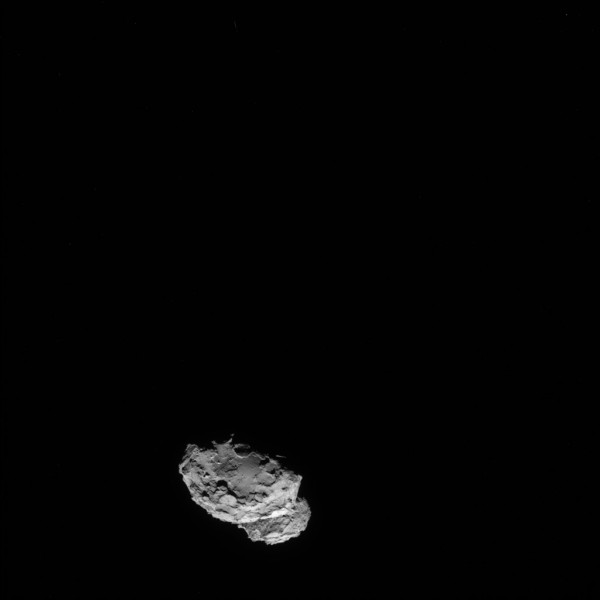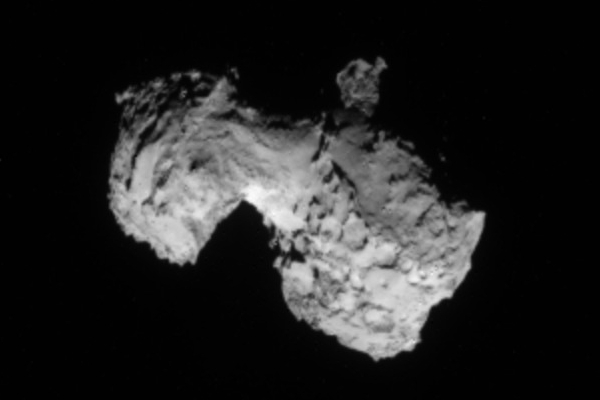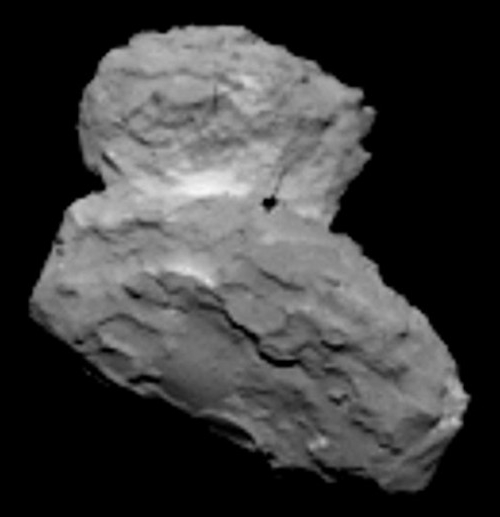Another former SpaceX employee sues
SpaceX has been hit by its second lawsuit in a week from a former employee.
The lawsuit, filed in Los Angeles Superior Court, alleges that SpaceX supervisors impose schedules on their employees that make it impossible for them to take statutorily required rest periods every four hours or first or second meal breaks as required by California law.
I consider this suit a bigger threat to the company than the first. The first suit merely claimed that the company didn’t give its fired employees the 60 day warning as required by law. If they win, they will get some payments, but the company will be able to continue as before.
This second suit, if successfully, could force the company to change its aggressive culture, where employees are expected to work very hard, sometimes 60-80 hour weeks, to make things happen quickly. While those work hours might seem abusive to some, to most of the people working there it is what they want to do. A successful lawsuit here could force the company to literally stop them from working. The conditions then might be more relaxed, but the ability to make progress will be stymied, and the costs for making that progress will go up considerably.
SpaceX has been hit by its second lawsuit in a week from a former employee.
The lawsuit, filed in Los Angeles Superior Court, alleges that SpaceX supervisors impose schedules on their employees that make it impossible for them to take statutorily required rest periods every four hours or first or second meal breaks as required by California law.
I consider this suit a bigger threat to the company than the first. The first suit merely claimed that the company didn’t give its fired employees the 60 day warning as required by law. If they win, they will get some payments, but the company will be able to continue as before.
This second suit, if successfully, could force the company to change its aggressive culture, where employees are expected to work very hard, sometimes 60-80 hour weeks, to make things happen quickly. While those work hours might seem abusive to some, to most of the people working there it is what they want to do. A successful lawsuit here could force the company to literally stop them from working. The conditions then might be more relaxed, but the ability to make progress will be stymied, and the costs for making that progress will go up considerably.

